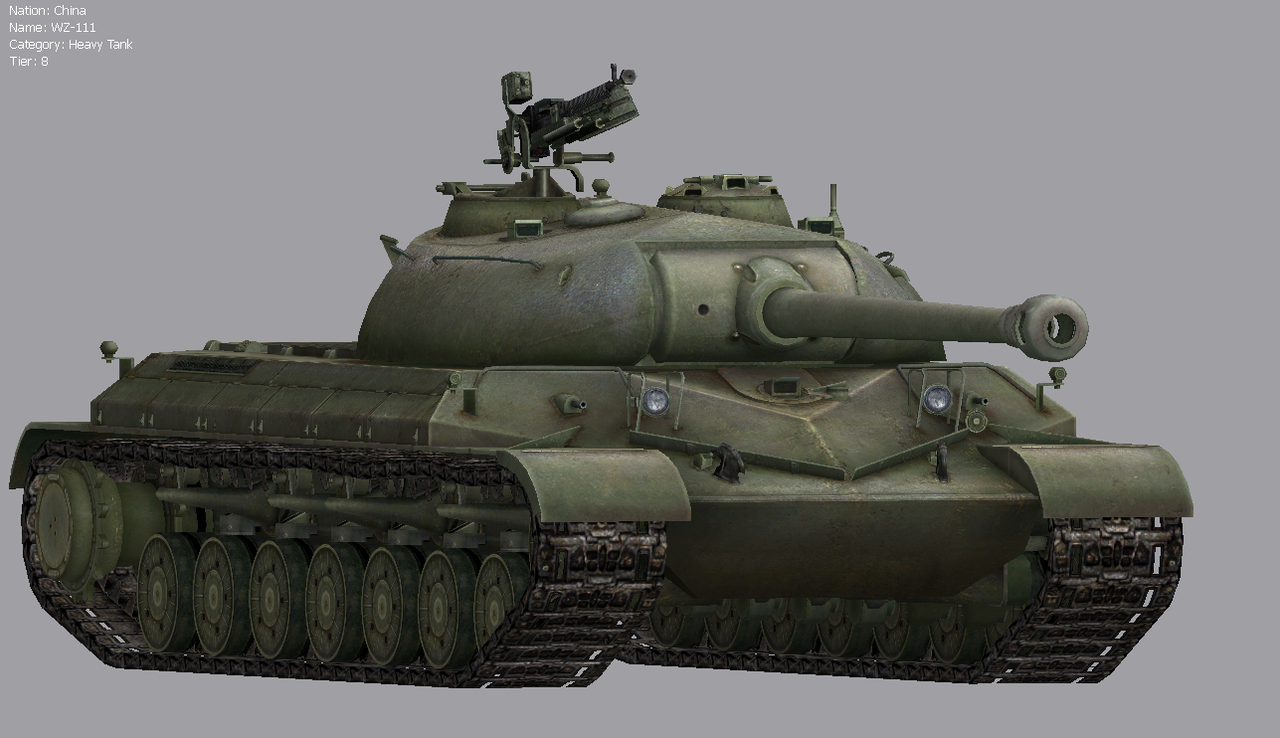As you may know, I stopped working on the Polandballs World of Tanks news blog during mid 2014. I was burnt out from World of Tanks and was dealing with a lot of outside work. I have decided to rebrand the blog to Type Leaks, partly in fact that my World of Tanks username is no longer Polandball, and also due to the fact that I wanted a more catchy and "iconic" name that would set me apart from my old drab blog. I plan on doing more Tankspots as part of my daily content, and I will also try to provide other content such as my e-sports post.


